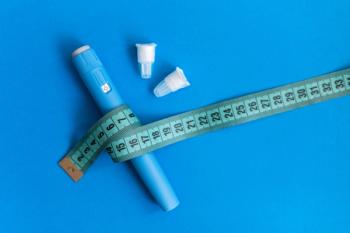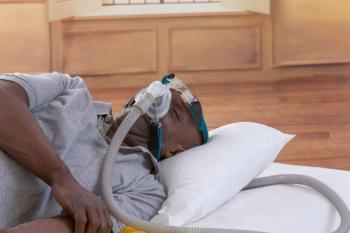
Evaluating Risk Factors for Clostridioides difficile Infection Among Hospitalized Patients With COVID-19
Incidence rates of health care-associated Clostridioides difficile infection were 3 times higher in patients with COVID-19 than those without coronavirus infection in a Serbian hospital.
Antibiotic therapy and use of steroids may increase the risk of health care-associated
CDI is a leading cause of health care-associated infections (HAIs), which contribute to significant
Amid the COVID-19 pandemic, researchers noted that use of empiric antibiotic treatments and experimental antiviral and immunomodulatory drugs for hospitalized patients has caused alterations in gut microbiota that are associated with an increased risk of coinfections and superinfections with other hospital pathogens that result in HAIs, particularly CDI.
They sought to further examine the incidence and risk factors for HA-CDI among patients with COVID-19 versus those without COVID-19 who were treated at a single center at the University Clinical Hospital Center in Belgrade, Serbia, from January 2019 to December 2021.
“In different countries, different approaches have been used for treating patients [with COVID-19]; entire buildings were converted into fully functioning hospitals, full hospitals or only parts of some hospitals were designated for treating COVID patients, or completely new COVID-19 hospitals were built,” the study authors explained.
“In Serbia, different places for the health care of COVID-19 patients were also used. Before 3 new hospitals for COVID-19 patients were built, some hospitals were completely determined to be only for the treatment of patients with COVID-19, while in others, only some wards were transformed into a COVID-19 section.”
Patients without COVID-19 were seen at the hospital prior to July 2020, after which the facility became a COVID-dedicated hospital, except in February and March 2021 and from May to September 2021. The 24 months during which only patients without COVID-19 were hospitalized at the center (non–COVID-19 period) were compared with the 12-month span when only patients with COVID-19 were treated at the hospital (COVID-19 period).
For the prospective observational study, the incidence density rates and risk factors for HA-CDI, defined as CDI that occurred after 48 hours of admission into a hospital or within 4 weeks of discharge from a health care facility, were examined among patients with and without COVID-19.
A total of 547 HA-CDI cases were identified during the 3-year study period, 341 (62.3%) of which were reported among COVID-19 patients. The patients with comorbid COVID-19 and HA-CDI were younger on average than those without COVID-19 (69.9 vs. 72.5; P = .017) and more likely to be admitted from another hospital (20.5% vs 2.9%; P < .001).
A greater proportion of patients with COVID-19 received antimicrobial therapy before CDI (99.1% vs. 91.3%; P < .001), received 2 or more antibiotics (P = .030) during a longer period (P = .035), received proton pump inhibitors (95.9% vs 50.0%; P < .001) during a longer period (P = .012) and received steroids (32.8% vs 20.4%; P < .001). During the last month before their current hospitalization, a higher percentage of patients without COVID-19 were hospitalized at the same hospital (P < .001).
Researchers found that the incidence density of HA-CDIs per 1000 patient-days was 1.33 during the non–COVID-19 period and 4.53 in the COVID-19 period, with incidence rate ratios (IRR) for HA-CDIs shown to be more than 3 times higher in patients with COVID-19 (IRR, 3.41; 95% CI, 2.86-4.08).
Independent predictors for HA-CDIs in patients with COVID-19 were admission from another hospital (P = .003), the length of antibiotic administration (P = .020), and the use of steroids in therapy (P < .001). The HA-CDI predictors in the non-COVID group were older age (P = .017), advanced-stage renal failure (P = .005), chemotherapy (P = .003), and a low albumin level (P = .005).
As the study was conducted at a single center, researchers noted that findings may not be generalizable to other populations. Another limitation cited was the absence of data on ribotyping.
“Higher incidence rates of HAI-CDIs in patients with COVID-19 did not occur due to reduced infection control precautions and hygiene measures but due to antibiotic therapy and therapy with other drugs used during the pandemic,” concluded the study authors.
Reference
Markovic-Denic L, Nikolic V, Toskovic B, et al. Incidence and risk factors for Clostridioides difficile infections in non-COVID and COVID-19 patients: Experience from a tertiary care hospital. Microorganisms. 2023;11(2):435. doi:10.3390/microorganisms11020435
Newsletter
Stay ahead of policy, cost, and value—subscribe to AJMC for expert insights at the intersection of clinical care and health economics.













































